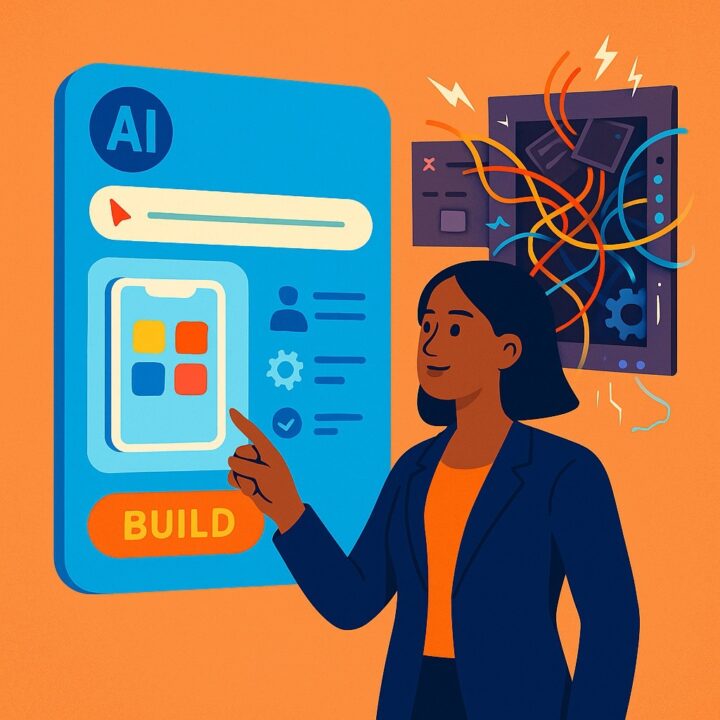In today’s fast-paced business environment, leveraging artificial intelligence (AI) and automation is essential for achieving greater efficiency and unlocking new business value. However, realizing these benefits requires a thorough re-examination of your current business processes. Here, we delve into why this re-examination is crucial, how to identify opportunities for AI and automation, and the steps you need to take to integrate these technologies effectively.
Why Re-Examine Your Current Business Processes?
The first step in implementing AI is understanding your current business processes and ensuring that employees are actually following them. Over time, standard operating procedures (SOPs) can become outdated or circumvented due to practical challenges faced by employees. Engaging your frontline workers and process champions to discuss any pain points and alternatives they may have adopted is vital. This way, you can identify:
- Pain Points: Areas where inefficiencies are most felt.
- Circumventions of SOP: Instances where employees have deviated from established procedures, which might reveal outdated or impractical aspects of the SOPs.
- Potential Goals for AI Implementation: Opportunities where AI can make a difference by improving efficiency, accuracy, and job satisfaction.
Engaging Process Champions and Users
To gather actionable insights, it’s essential to engage those who interact with these processes daily. This involves:
- Workshops and Interviews: Conducting sessions with process champions and everyday users to capture their experiences and suggestions.
- Day-in-the-Life Studies: Observing a typical workday of employees to identify repetitive tasks, pain points, and areas that could benefit from automation.
- Feedback Loops: Creating continuous feedback mechanisms to ensure that new or revised processes are effective and accepted by users.
By involving your employees in this manner, you not only gather valuable insights but also help them become advocates and champions for the forthcoming changes.
Identifying Goals for AI and Automation
After gathering data from your employees and analyzing current processes, the next step is to identify specific goals for AI and automation. Key areas to look for include:
- Repetitive Tasks: Automating routine tasks to free up employees for higher-value work.
- Data-Driven Decisions: Employing AI to analyze data and provide insights, enabling better decision-making.
- Customer Interaction: Utilizing AI to enhance customer service through chatbots and personalized experiences.
- Operational Efficiency: Streamlining processes to reduce time and cost.
Updating Business Processes
Before deploying AI and automation, ensure your processes are ready. This might involve:
- Updating or Creating SOPs: Aligning them with the new system capabilities to ensure seamless integration.
- Training: Providing comprehensive training to employees on the new tools and processes.
- Prototyping and Testing: Creating rapid prototypes to test the effectiveness and gather feedback. This iterative approach helps refine the AI solution before full-scale implementation.
Implementing AI with Steadynamic
Implementing AI can be daunting, but Steadynamic’s AI Proof of Clear Path Workshop offers a structured, human-centric approach designed to make AI integration smooth and impactful. The workshop delivers:
- A Customized AI Roadmap: Tailored strategies based on thorough workflow analysis to identify high-impact opportunities for AI.
- Stakeholder Buy-In: Visual prototypes that help stakeholders understand and validate the proposed solutions, ensuring broader support.
- A Comprehensive Implementation Plan: From user training to feedback collection, Steadynamic ensures a smooth rollout, minimizing disruptions and maximizing the impact of AI initiatives.
Conclusion
Identifying opportunities for AI and automation within your business processes is a multistep approach that begins with scrutinizing current SOPs and engaging your workforce. By involving process champions, updating workflows, and leveraging structured approaches like Steadynamic’s AI Proof of Clear Path Workshop, businesses can ensure a successful and minimally disruptive AI implementation. Steadynamic’s expertise and structured methodologies can guide you every step of the way, helping you unlock the full potential of AI for your business.
Contact us for more information about how Steadynamic can help with your AI journey.









